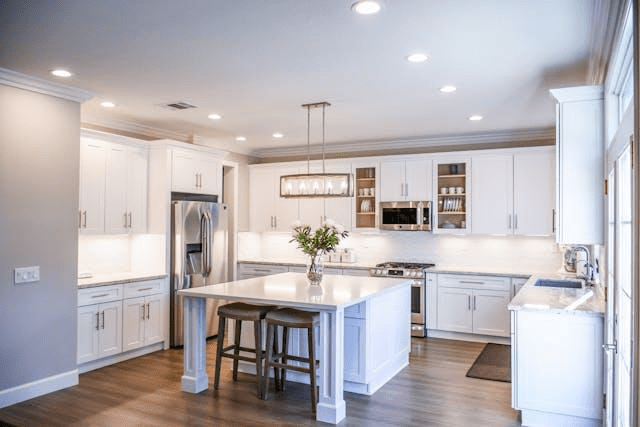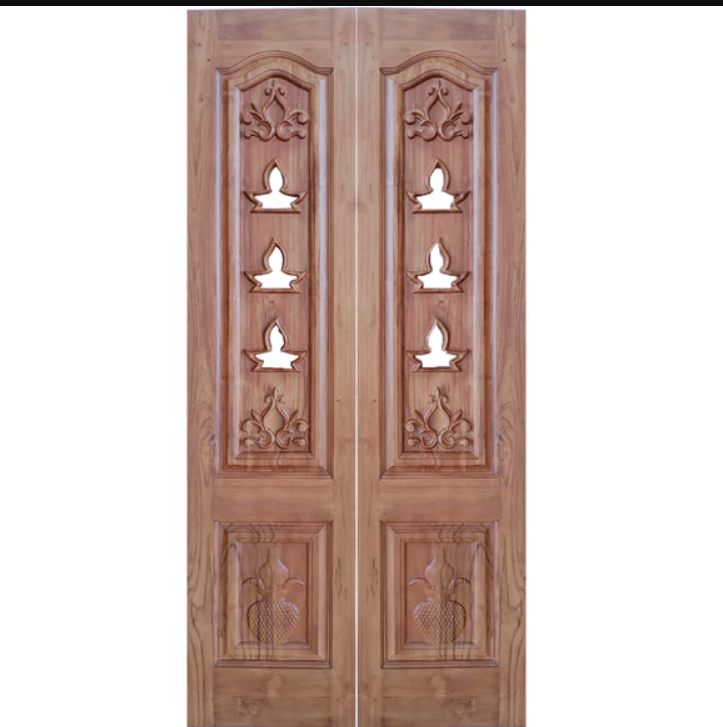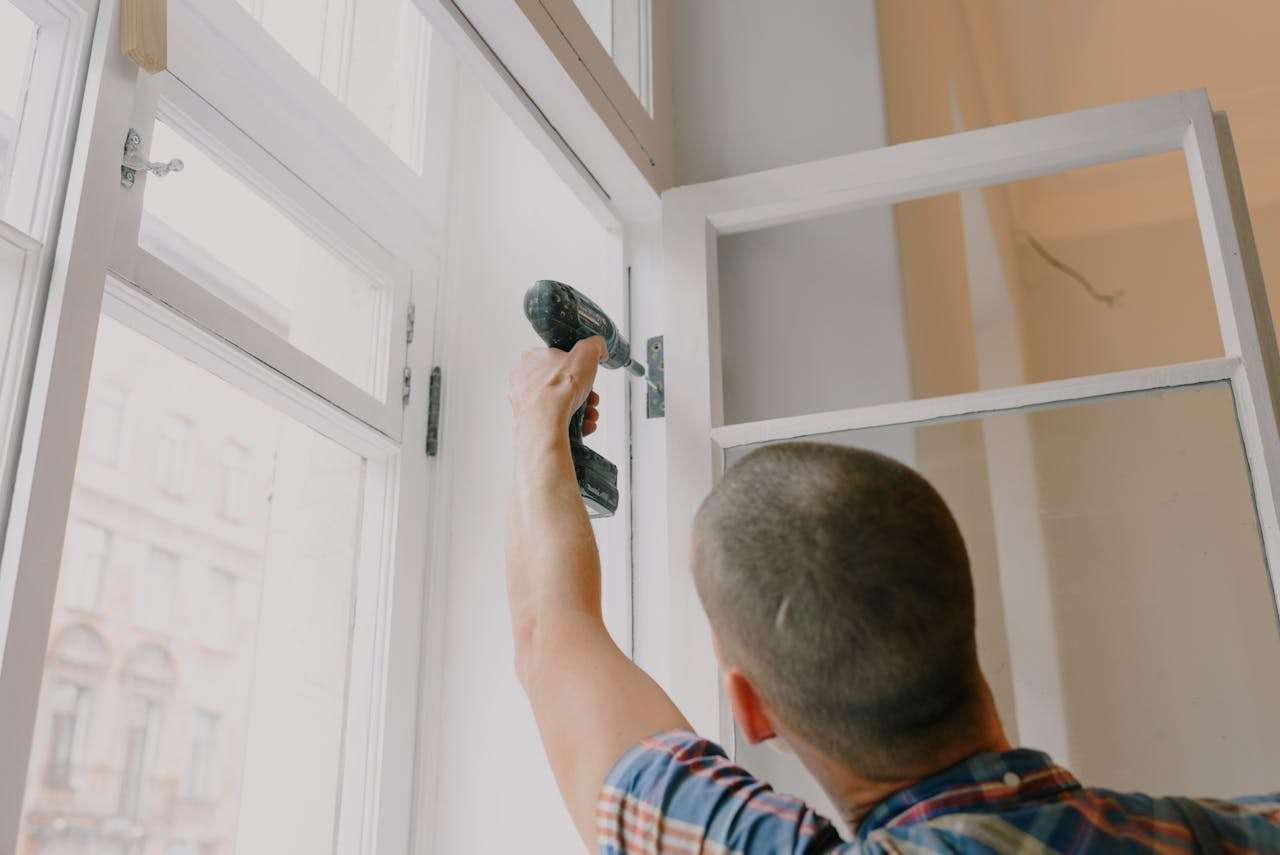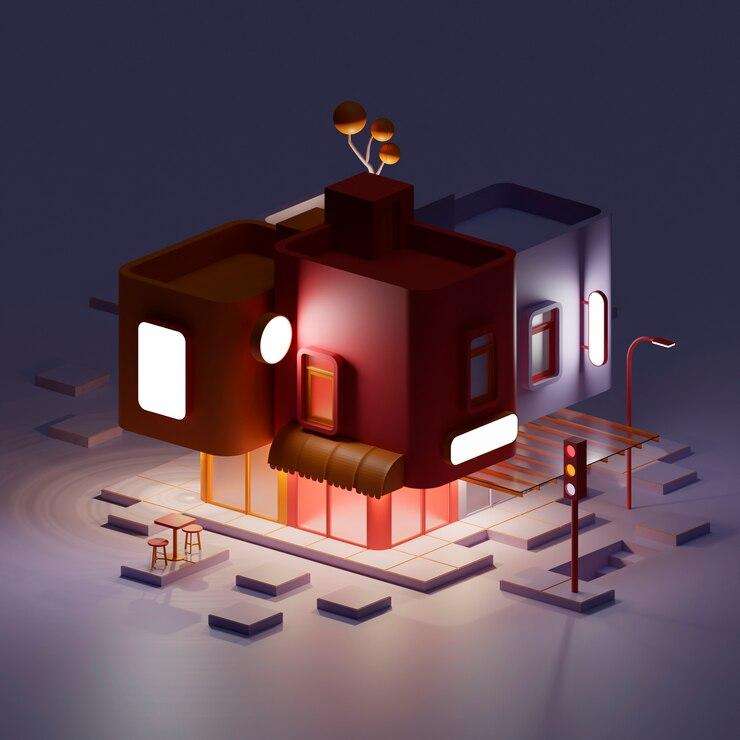Panel siding is a great investment for homeowners. Also, it is basic and has different options for exterior siding panels. Since there are different types, you must understand the one suitable for your home?s project. This should be done with all caution because it is an investment you do not want to go south. One of the fastest ways professional installers side a house is by installing exterior siding panels. This is also referred to as sheet siding. Each side has a shiplap edge that permits one piece to lap well on the other.
Installers? Guide to Different Options for Exterior Siding Panels
It should be noted that the common size for exterior panels is 4 by 8 feet. However, other sheets are 10 and 12 feet long. They are worth the extra weight when the horizontal butt joints are eliminated. Aside from the different available sizes, panel siding also have different formats. A professional installer should be able to walk you through to get more understanding. There are pressed hardboard, smooth-sided, rough-sawn, and fiber-cement. We will introduce these panel formats in the next few paragraphs.
4 Common Types of Panels for Siding
There are several types of panels for exterior siding. However, these are the most common ones that are efficient and cost-effective. Your installer would introduce you to the ones needed for your specific siding installation project.
- Pressed Hardboard Panels
At the far end, pressed hardboard and OSB exterior siding panels are integrated with embossed surfaces, covered with a thin coating with a hard feel. If you do not want these materials to be soaked with water, the whole material should be fully sealed with paint at every point. This would make it more durable and last longer.
Smooth-Sided Panels
Smooth-sided panels are sometimes used to make a faux board-and-batten style. As a replacement, joints between each panel can be covered up by a single batten.
Rough-Sawn Plywood
Texture 1-11 or T1-11 are other names for rough-sawn plywood. For several years, this has been the most common siding option. It is good to know that this product, if not installed correctly and well sealed, can warp, come apart or buckle. If you are getting the cheapest types, you must seal them with primer and several coats of exterior paint. Also, nails must be attached every 16 inches. Superior types of this product are thicker, make use of glue, and have better wood. Alongside the superior product comes the first coat of sealer. There are no football-shaped patches for stain-grade panels. These types of panels have vertical grooves that are variably or evenly spaced so water won?t sit in the grooves.
Fiber-Cement Panels
There are fiber-cement exterior siding panels made of the same fiber-cement lapping siding. This is a perfect match for the project. It is recommended that the back of these panels are painted before installation. However, a pre-primed panel will always save time for installation.
Conclusion
Understanding the different options for exterior siding panels is necessary for a homeowner. A reliable siding installer will let you understand everything you need to know before investing. Installing a quality exterior side panel would raise the value of your home in case you have plans to sell it. Aside from this, it would give a beautiful look and make your home outstanding in your neighborhood.









